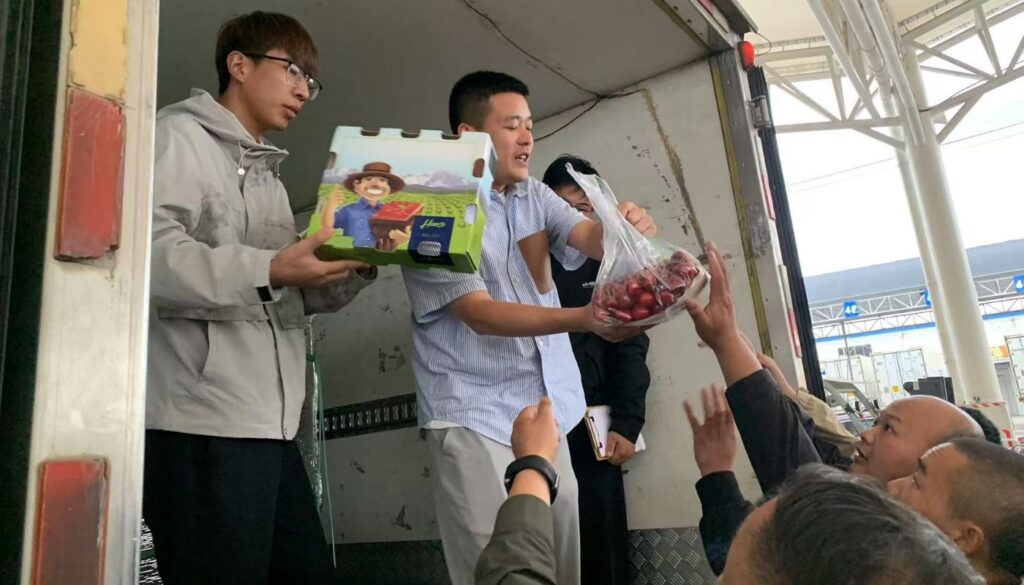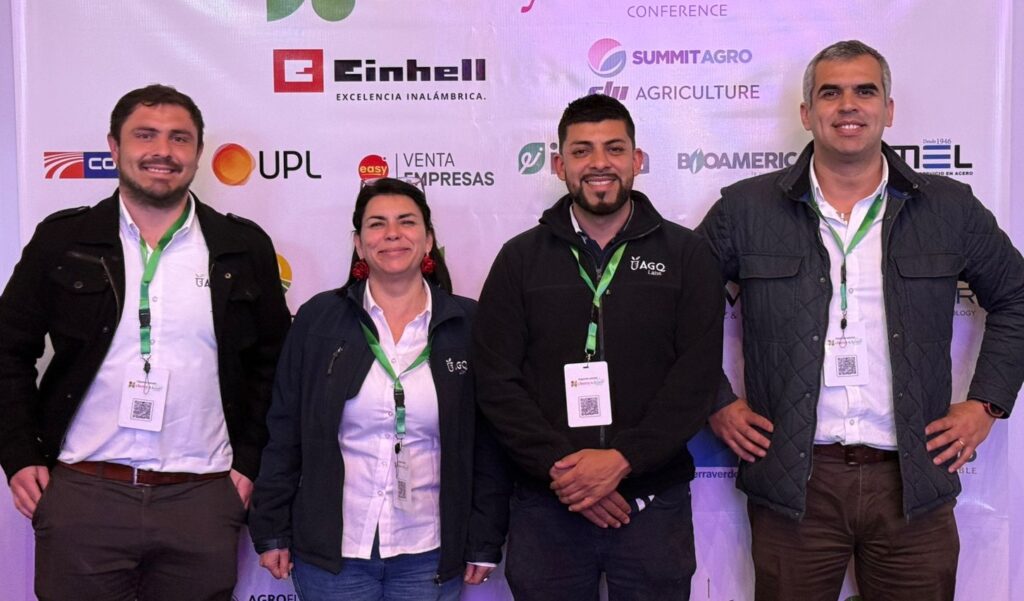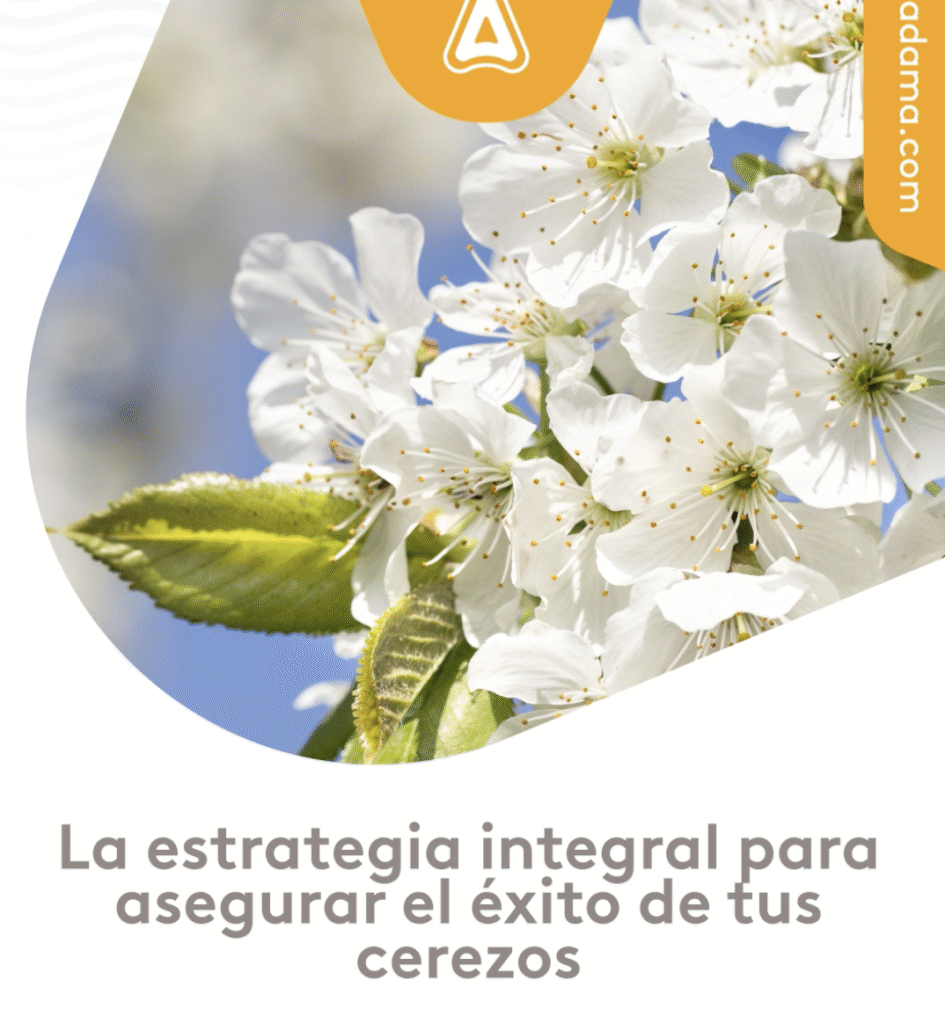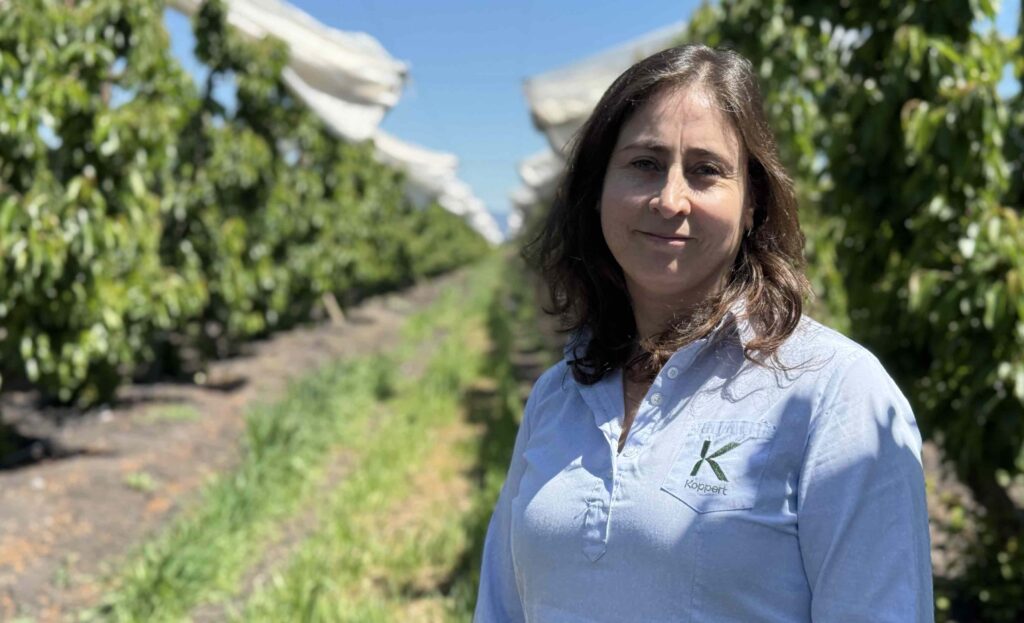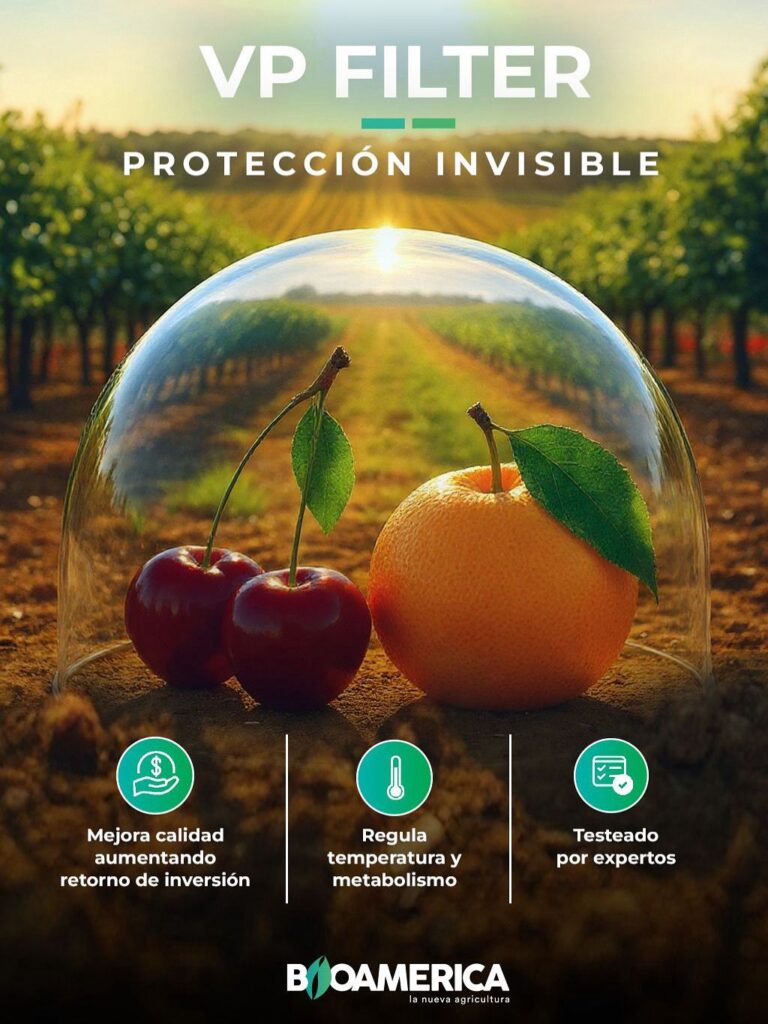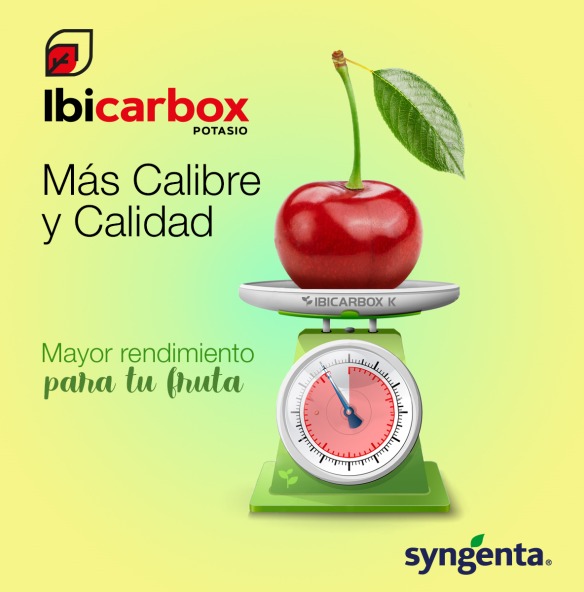By: Victor Olivos C. Agricultural Engineer, Agricultural Manager at El Maitén Nursery
Juan Pablo Frías D. Commercial Engineer, General Manager of La Montaña Nursery.
Carlos J. Tapia T. Agricultural Engineer M. Sc. Technical Director Avium.
It is known that the cherry tree is one of the fruit species that has been planted the most in the last decade in Chile and that it will probably continue to grow at significant rates for at least the next three or four seasons.
The plant material used in Chile generally comes from established nurseries, which mostly provide rootstocks from in vitro cultures and clonal origin based on the demand and requirements of each nursery.
This material, which with agronomic management is free of pests and diseases, is selected and delivered to each nursery, based on each one's own strategy. From this, a new plant is projected and programmed to be marketed in the different formats that the market offers today.
The underlying question is: Are there differences between the different sizes of cherry trees? Is one size of tree of lower quality than another? Is there a size of tree that allows for earlier planting?
We analyze each case based on its “pros and cons” and we face the reality of current and future plantations.
Finished plant
Probably the plant format that provides the most security in a plantation project. Plants grown in a nursery after a year of establishing the rootstock and another season of development of the variety. Logically, it is the most expensive. Without a doubt, the format that requires the least administration once planted.
The basic objective of finished plants is that, theoretically, branching can develop in the same year of planting, however, this is not always the case. For this to occur successfully, several conditions must be met, including: A) Plant size greater than 1.6 m; B) Good balance of axis and roots at the time of delivery. Roots as intact as possible; C) Number, integrity, quality and health of axis buds that allow optimal sprouting.
Many of these conditions are in charge of the establishment of plants in the nursery in terms of soil work, type of soil, planting density, type of irrigation and according to the procedure for pulling out plants, in terms of using the roots and handling. This last point is what the large nurseries have been working on for some years now, hand in hand with technology. Nowadays, specialized machinery and procedures are used to pull out plants to take advantage of the maximum development of roots.
There has been much debate about the minimum height to be considered in this type of plants and the consensus is given from the point of view of being able to establish branching procedures in the same year of planting. This considers that plants over 1.6 m. tall, regardless of trunk diameter, would be suitable for this procedure, and under this height it could even be technically necessary to cut back this type of plants once planted so that they can develop again in their final location. It is very important to be able to establish this plant early in the winter season so that the roots can develop early during this period. Considering that the transfer in terms of plant care is very important in the analysis of the quality of these, once received in the field.
Ideal format for carrying out replanting procedures.



in winter and with branching treatments in the
spring immediately after planting. (Photo: Carlos Tapia).
Bare root sleepy eye plant
Rootstock developed in a nursery to achieve a minimum graft diameter of around 8-9 mm at its base in February. Once this objective has been achieved, a bud graft (or patch) is performed at the base of these plants from material harvested in the season. In general, two patches are used to ensure take-up in spring. Acceptable quality for this type of plant is the diameter at the time of delivery, which optimally should exceed 8 mm at the base.
In general, these are plants that are quite healthy from a phytosanitary point of view, since the grafting procedure is carried out in the months of February and March.
As expected, special care is required when uprooting, transporting and handling the plants, since mechanical damage can always occur in the plants, resulting in the detachment or elimination of one or both of the graft patches. For this reason, many nurseries include protection of the graft area prior to uprooting and transporting.
The most important care, once established in the orchard, is protection against the application of herbicides, rodent damage and, after the swollen bud stage, the thinning of the rootstock to allow for the development of shoots from the buds grafted in summer.
Grafted plant in the ground
In recent years, the way of establishing the plantation has been changing and one of the good experiences in practice has been through the use of rootstocks (already grown in a nursery) and grafted in the field by means of scion grafting or splicing.
The plants must be at least 8 mm in diameter at the base to be of graftable quality, mainly so that the diameter is in accordance with the grafting material. This last point is important at the time of grafting quality control.
It is very important to be able to establish the plantation very early in the season, as early as the first half of June. It is essential to understand that this rootstock can be either bare root or a plant grown in a bag or container.
From July 15-20, and with at least 15 days of the plant being established in the field, the grafting process can begin. This process must meet several quality characteristics, including: A) Diameter of grafting material in accordance with the diameter of the rootstock; B) the number of free buds on the scion must be at least two, it could even be more (up to 4) depending on which training system the producer will use; C) accompanying the grafting procedure is the tying and fixing of the scion, which must be perfect so that after this a good development of the formation of the bud and its union variety/rootstock occurs, to give way to the sprouting of the buds, and D) in many cases this grafting procedure is accompanied by preventive applications for the proliferation of wood fungi and bacterial diseases considering the time of this procedure.
As for success, it is very important to be able to continuously monitor the evolution of the sprouting to allow for the replacement of some spikes that have not “taken” early in the season, as a deadline of October 10.
Another important point is that at the time of planting, the irrigation system must be installed, since in years with a lack of rainfall, soil moisture in the establishment is essential for the adaptation of the plant and its future development in sprouting.

Container or bag plant
Format that has gained strength in recent years in countless nurseries as a good product in terms of technical and operational characteristics.
Rootstock planted directly in the container or bag on a substrate or mixture that allows for rapid establishment of the seedling and subsequent development. It has been seen in practice that the more inert the substrate, the slower or more complicated is the adaptation to the final soil when planted in spring, unlike when the container contains soil mixed with other organic and inorganic materials such as rice mulch, coconut fibre, peat, perlite, etc., which prevent premature compaction of the bag and “root bread”.
Bag plants are intended to reach graft diameter by late summer, and are a safe way out when establishing rootstock seedlings late in the season, even in December.
These plants can be grafted from dormant shoots in summer or from scions in winter depending on the nursery strategy, often in common agreement with the producer based on the establishment of his orchard.
It should be noted that this type of plant format can only be planted in spring, but it has a longer planting window, from the beginning of winter as a dormant shoot or plant to be grafted into the ground, or until spring as a sprouted plant with development activity. As a consequence of the above, success in establishment and development is associated with the planting season, and in practice it has been seen that plantations carried out before November 15 have better results in adaptation and final development.
It is important to note that plants with active sprouts, from bags or containers, are often faced with thermal stress shocks during transfer to the final soil, often with an increase in ambient temperature towards the end of spring, which can be a cause contrary to the normal or optimal development of the plant. This is why irrigation, in terms of implementation, design and strategy, must be appropriate so that the plants are in optimal condition. In addition, acclimatization prior to planting under shade, incorporation of sunscreens and a rational foliar nutritional program are often key to ensuring adaptation, development, initiation of roots and elongation of the apical shoot in active growth.


Juan Pablo Frias)

to develop a new planting project.



